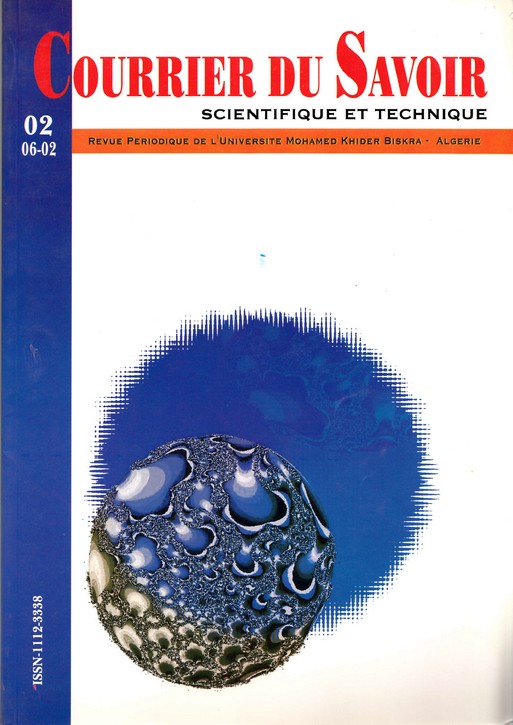CALCUL DE L’HELICE MARINE : THEORIE LINEAIRE ET NON LINEAIRE Design of marine propeller : linear and nonlinear theory
Résumé
L’hélice marine est traitée dans le cadre de la théorie linéaire et non linéaire de la surface portante. Le premier
calcul est traité dans le cadre de la théorie linéaire de la surface portante. Les conditions aux limites sont écrites
sur la trace de la pale (surface hélicoïdale), et le sillage tourbillonnaire est formé de nappe hélicoïdale à pas
constant. Le deuxième calcul appelé non linéaire est lui effectué en deux parties complémentaires (calcul
axisymétrique + calcul 3D singularités). Ce calcul permet de raffiner le tracé de l’hélice obtenu par le premier
calcul en prenant en compte la géométrie des nappes tourbillonnaires du sillage (contraction + étirement), et des
effets tridimensionnels et de l’écoulement amont rotationnel par un couplage entre le calcul axisymétrique et le
calcul 3D singularités.
The marine propeller is treated with the linear and nonlinear theory of lifting surface. The first computation
method based on the model of nonlinear lifting surface theory. The boundary conditions are written in the
camber surface and the trailing vortex wake is considered as a helicoidal surface with a constant pitch. A
nonlinear computation is subdivised into two complementary steps (axisymmetric computation + 3D panel
method). This computation leads to the determination of axisymmetrical stream sheets as well as the
approximate camber surface of the blades. The new aspects developed in this method are the involvement of the
contraction and the stretching of the free vortex wake, the tridimensional effects and the rotational character of
the incoming flow in the axisymmetric computation with the 3D panel method.
Références
Hydrodynamics for Design of Rotating Blades,
SNAME Propellers 81 Symposium, Virginia
Beach, May 1981.
[2] GREELEY D.S. and KERWIN J.E., Numerical
Methods for Propellers Design and Analysis in
steady Flow, S.N.A.M.E., Transactions,90 pp
415-453, 1982.
[3] KERWIN J.E. and LEOPOLD R., A design
Theory for subcavitating propellers. Trans.
SNAME, vol. 72, 1964
[4] LUU T.S., Viney B., Bencherif L., The inverse
Problem using S2-S1 Approach for the Design
of the Turbomachine Blading, International
Symposium on ''Recent Advances in
Compressor and Turbine Aerothermodynamics'',
France, Nov. 24-25, 1992.
[5] HORLOCK J.H., An entropy production in
adiabatic flow in Turbomachines, J. of Basic
Eng. Tr. ASME serie D, 1984.
[6] SETTOU N., LUU T.S., Contribution à la
conception des hélices marines, Quatrièmes
Journées de l’Hydrodynamique, 1-3 Mars 1993,
Nantes, France.
[7] KERWIN J.E., LEE C.S., Prediction of Steady
and Unsteady Marine Propeller Performance by
Numerical Lifting Surface Theory, Trans.
SNAME, Vol. 86, 1978.
[8] GREELY D.S., KERWIN J.E., Numerical
Methods for Propeller Design and Analysis in
Steady Flow, Trans. SNAME, Vol. 90, pp. 415-
453, 1982


